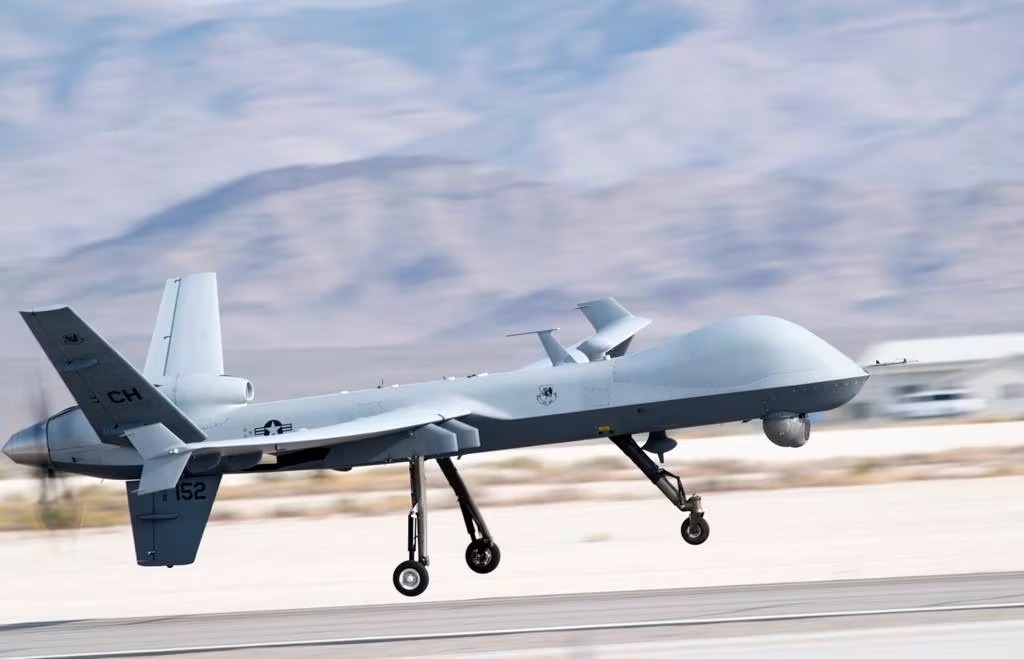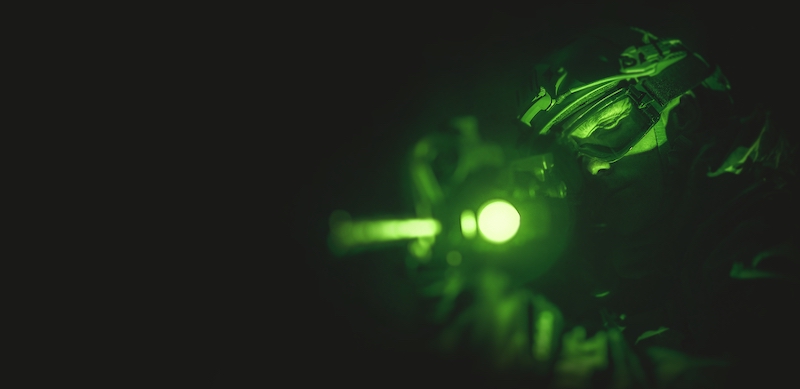Military, War and Conflict, Weapons
Drones in Modern Combat and Surveillance
The Role of Drones in Modern Combat and Surveillance: A Game-Changer in Tactical Operations
In the ever-evolving landscape of military technology, one innovation stands out for its transformative impact on warfare and surveillance: modern combat drone technology. These unmanned aerial vehicles (UAVs), commonly known as drones, have shifted from being a supplementary tool to a central element in contemporary military strategies. This article delves into the multifaceted role of drones in modern combat, offering insights into their journey from experimental gadgets to indispensable assets in military and surveillance operations.

The Evolution of Drones in Military Operations
The story of modern combat drone technology is one of rapid evolution and innovation. Initially developed for reconnaissance during the Cold War, drones have transcended their initial purpose to become a versatile tool in the military arsenal. The technological advancements over the decades have not only improved the capabilities of drones but also expanded their roles in warfare. From carrying out precision strikes to providing real-time intelligence, drones have become a crucial component in modern military operations.

Drones in Today’s Warfare
In current military strategies, drones play a pivotal role. They are used for a variety of purposes, ranging from targeted strikes in hostile territories to surveillance missions in conflict zones. The ability of drones to operate without putting human lives directly at risk has made them a preferred choice for many challenging operations. Examples of their use are numerous, including the tracking of high-value targets and monitoring of enemy movements. Their real-time data transmission capability provides commanders with immediate battlefield intelligence, enabling informed decision-making in critical situations.
Advantages of Using Drones
The benefits of modern combat drone technology in military applications are substantial. Drones provide unparalleled advantages in terms of reach, endurance, and risk reduction. Their ability to fly in areas that are otherwise inaccessible to manned aircraft or ground forces makes them invaluable for intelligence gathering and reconnaissance. Moreover, drones can stay airborne for extended periods, providing continuous surveillance and ensuring persistent presence over areas of interest. The most significant advantage, however, is the minimization of risk to human life, as drones can be operated remotely, keeping military personnel out of harm’s way.

Ethical and Tactical Considerations
While the advantages of drones are clear, their use in combat raises several ethical and tactical concerns. The issue of civilian casualties, often associated with drone strikes, is a major ethical concern. There is also the psychological impact on drone operators, who may face stress and moral dilemmas associated with remote warfare. Tactically, drones are vulnerable to hacking and electronic countermeasures, posing a risk of information loss or, in worst-case scenarios, the enemy taking control. These challenges necessitate a careful and considered approach to the deployment of drone technology in military operations.
Challenges and Limitations of Drone Warfare
Despite their numerous advantages, drones come with their own set of challenges and limitations. One significant concern is their dependence on sophisticated control systems, which can be vulnerable to electronic warfare and jamming techniques. In addition, weather conditions and terrain can affect their operational effectiveness. Understanding these limitations is crucial for developing strategies that maximize their strengths while mitigating weaknesses.
The Legal and Moral Implications of Drone Warfare
The use of drones in warfare also raises important legal and moral questions. The legality of drone strikes, especially in countries not officially at war, and the accountability for mistakes, such as civilian casualties, are contentious issues. This section could delve into the debate over the international law implications of drone warfare and the moral considerations of such remote combat.
Drone Technology in Non-Military Applications
While the focus of this article is on military use, it’s important to acknowledge the growing role of drones in non-military applications. Drones are increasingly used in fields like agriculture for crop monitoring, in conservation for wildlife tracking, and in disaster response for damage assessment. The versatility of drones extends beyond the battlefield, showcasing their potential in various aspects of society.
The role of drones in modern combat and surveillance has proven to be a game-changer in tactical operations. From their humble beginnings to their current status as a staple of military strategy, drones have redefined the landscape of warfare and intelligence gathering. As this technology continues to advance, it will undoubtedly present new opportunities and challenges, underscoring the importance of thoughtful and strategic deployment in military and surveillance roles.
We invite our readers to engage with this topic. Share your thoughts, experiences, or questions about modern combat drone technology in the comments below. Your insights and perspectives enrich our community’s understanding and appreciation of these critical tools in modern warfare.

